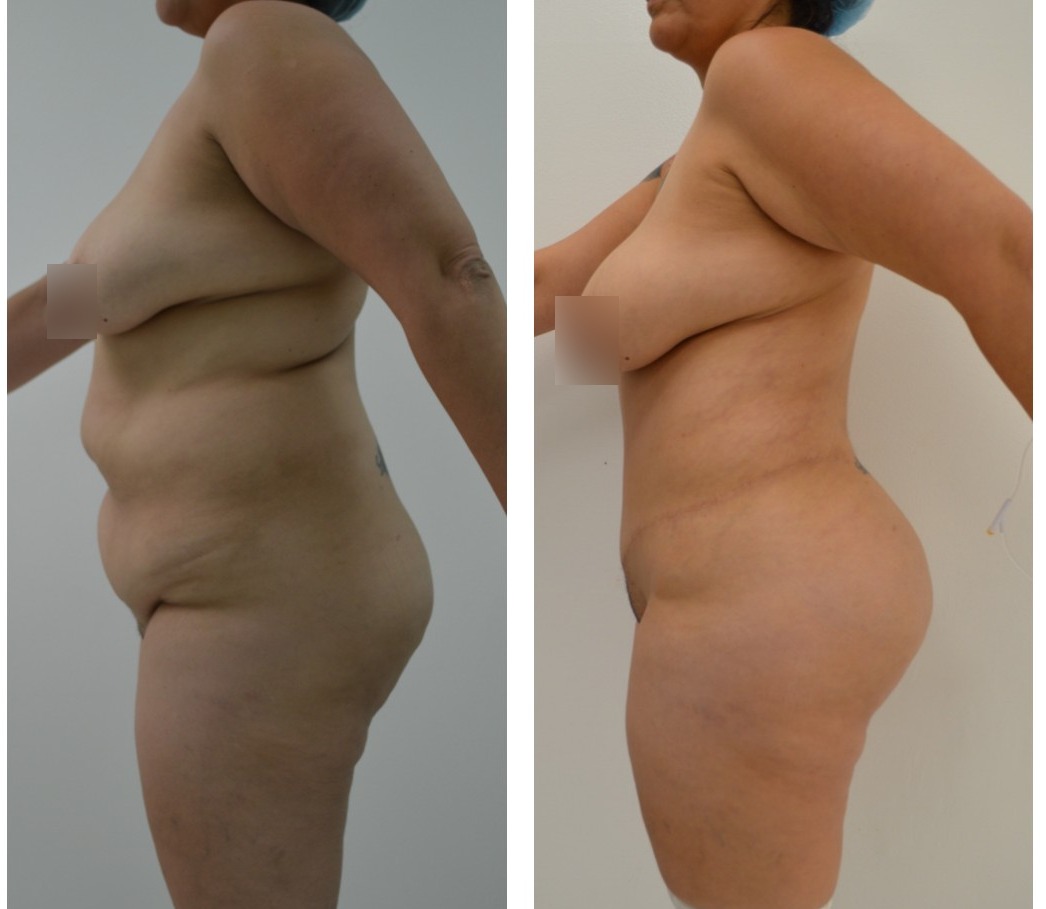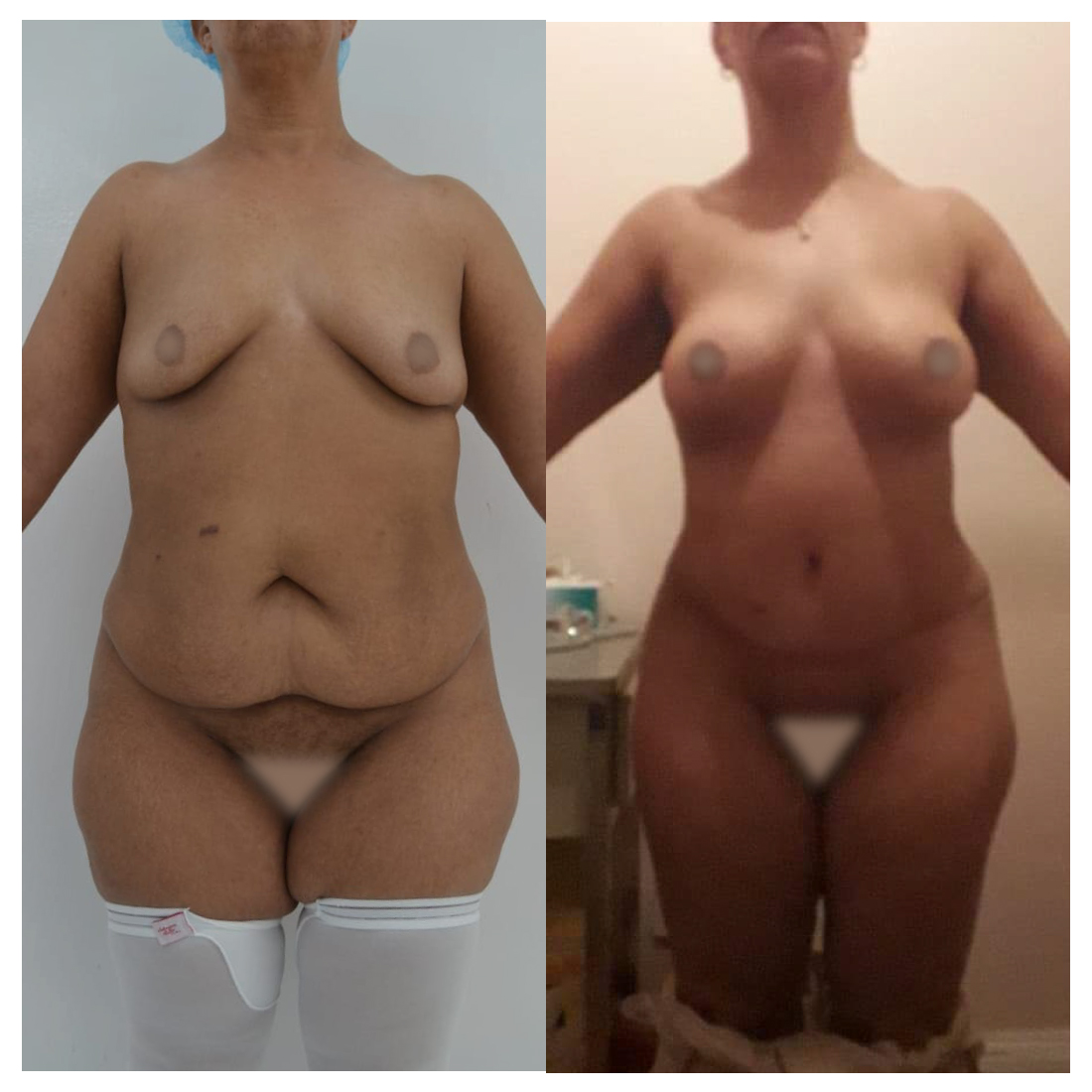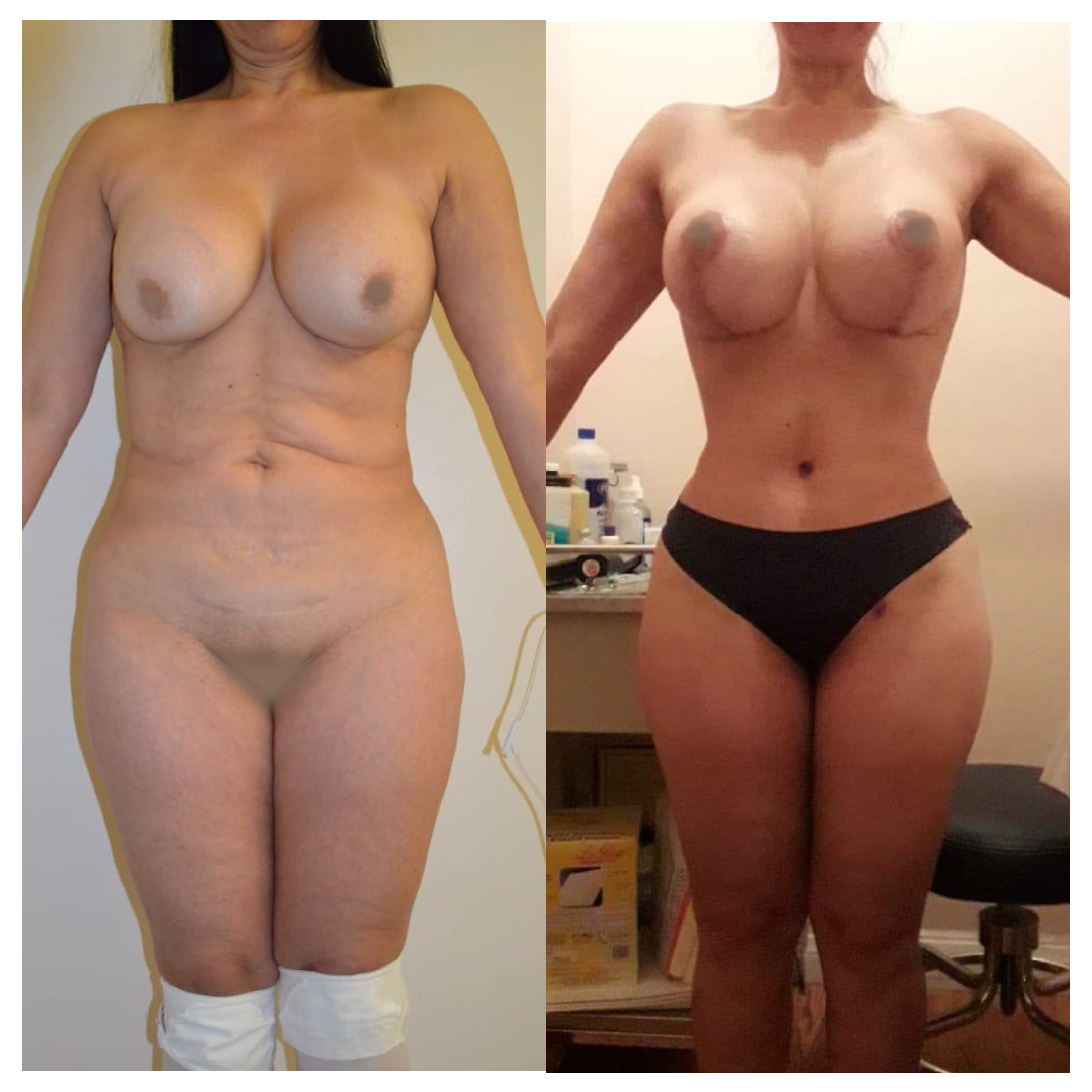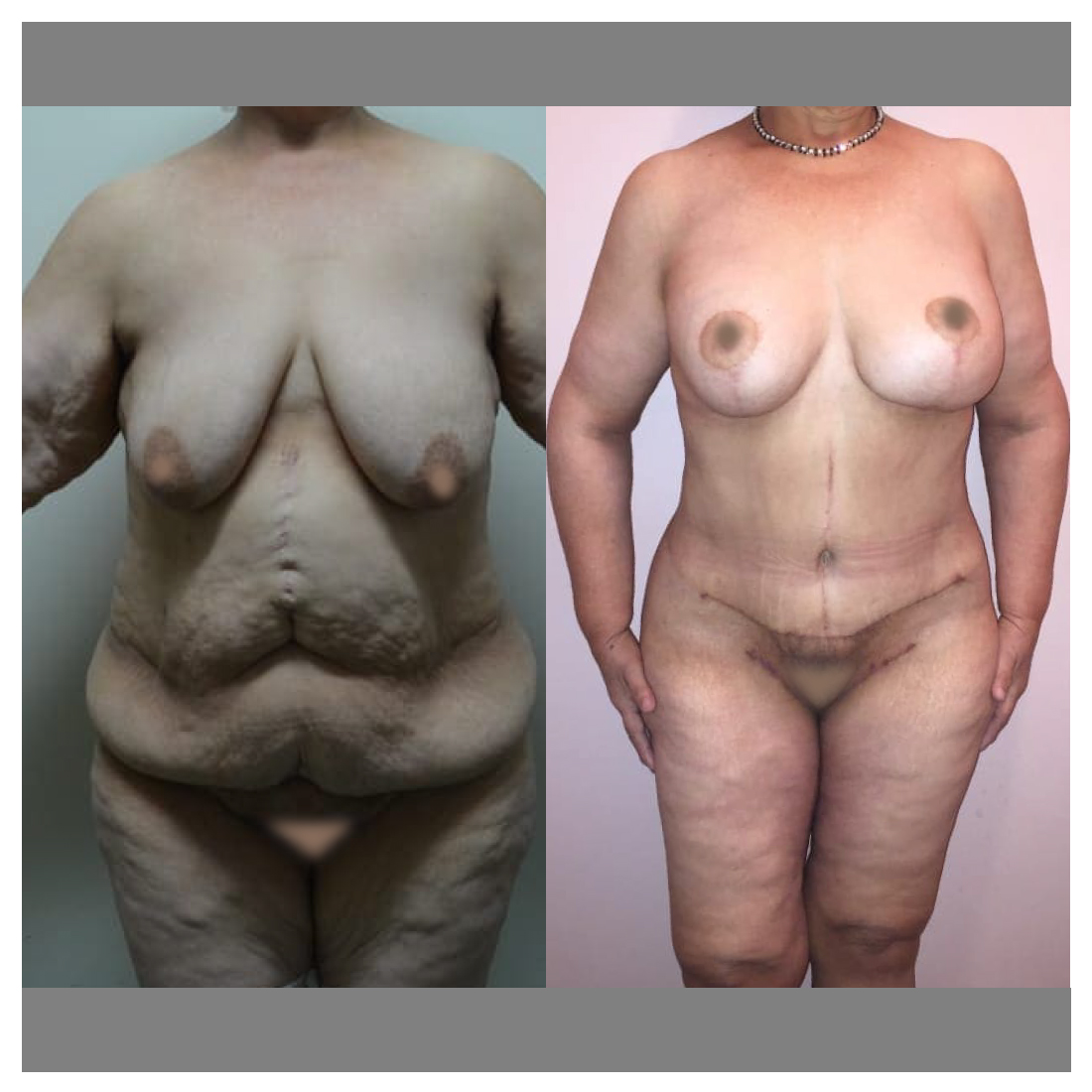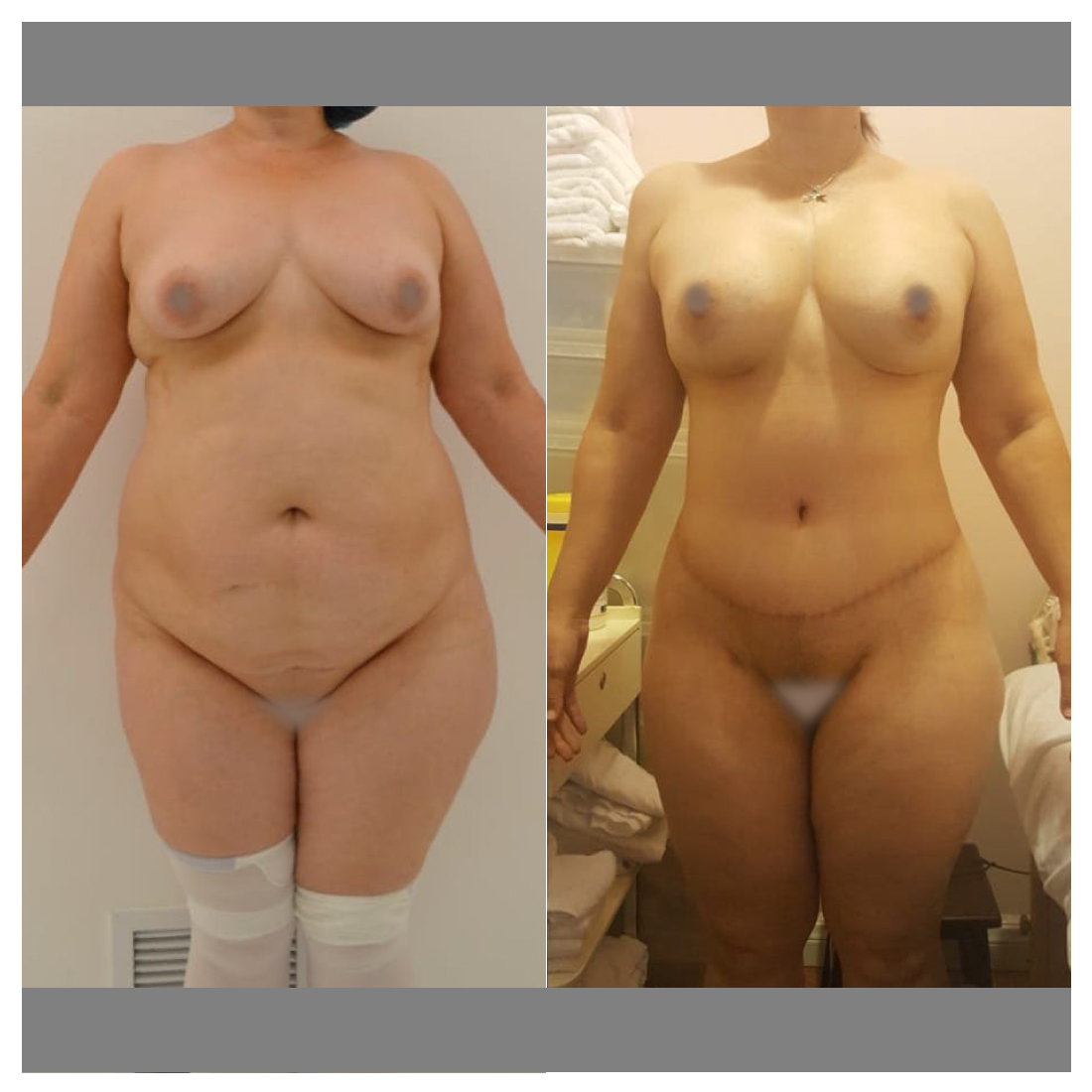
What Is a Tummy Tuck?
The term “tummy tuck” refers to a cosmetic surgery procedure more formally known as abdominoplasty, which is designed to help patients sculpt and tone their abdominal areas. During a tummy tuck procedure, the surgeon manually tightens the muscles of the abdominal wall and sutures them into place. He or she then removes any excess skin from the patient’s abdomen to create a firmer, flatter midsection. The abdominoplasty procedure can be customized to each patient’s specific goals and may include liposuction or be combined with other body lift procedures.
Are You a Good Candidate for Abdominoplasty?
The ideal candidate for an abdominoplasty procedure is someone who has been unable to tone his or her abdominal region, even with the help of a healthy diet and exercise routine.
While most people associate cosmetic surgery with women, the male tummy tuck is becoming an increasingly common way for men to flatten the difficult-to-tone stomach area. Abdominoplasty is also a fairly common method of restoring a woman’s figure after pregnancy. As with any plastic surgery procedure, results of tummy tuck surgery can vary, and candidates should discuss their goals with their surgeons in order to establish reasonable expectations. In addition, patients should be committed to maintaining their results with a stable diet and regular exercise after abdominoplasty.
Abdominoplasty Surgery
Tummy tucks are major surgeries that require careful preparation on the part of the patient. Abdominoplasty surgery, once performed, requires several weeks’ recovery time to allow the body to heal from the incisions and the muscle manipulation. Tummy tuck surgery does, however, provide the patient with many benefits, including improved appearance and, in many cases, an elevated level of self-confidence.
Skin Removal
After abdominoplasty surgery, particularly if you are lucky enough to have a very subtle scar, it may look like the loose skin around your stomach has been tucked into your body. It hasn’t. It has actually been removed. Following the tightening of the abdominal muscles, the skin is stretched downward, and excess skin is trimmed away.
Sometimes liposuction is used to remove any unwanted fat pockets before the skin is pulled taut. Often, it is possible to eliminate or improve the appearance of stretch marks during the skin removal, depending on the location of the incision. Any stretch marks located slightly below the navel are often removed along with the excess skin while the remaining stretch marks often appear less prominent after tummy tuck surgery.
This is because the stretching of the abdominal skin flattens the stretch marks, decreasing the degree to which they indent the skin.
Abdominoplasty Surgery
Tummy tucks are major surgeries that require careful preparation on the part of the patient. Abdominoplasty surgery, once performed, requires several weeks’ recovery time to allow the body to heal from the incisions and the muscle manipulation. Tummy tuck surgery does, however, provide the patient with many benefits, including improved appearance and, in many cases, an elevated level of self-confidence.
Skin Removal
After abdominoplasty surgery, particularly if you are lucky enough to have a very subtle scar, it may look like the loose skin around your stomach has been tucked into your body. It hasn’t. It has actually been removed. Following the tightening of the abdominal muscles, the skin is stretched downward, and excess skin is trimmed away.
Sometimes liposuction is used to remove any unwanted fat pockets before the skin is pulled taut. Often, it is possible to eliminate or improve the appearance of stretch marks during the skin removal, depending on the location of the incision. Any stretch marks located slightly below the navel are often removed along with the excess skin while the remaining stretch marks often appear less prominent after tummy tuck surgery.
This is because the stretching of the abdominal skin flattens the stretch marks, decreasing the degree to which they indent the skin.
